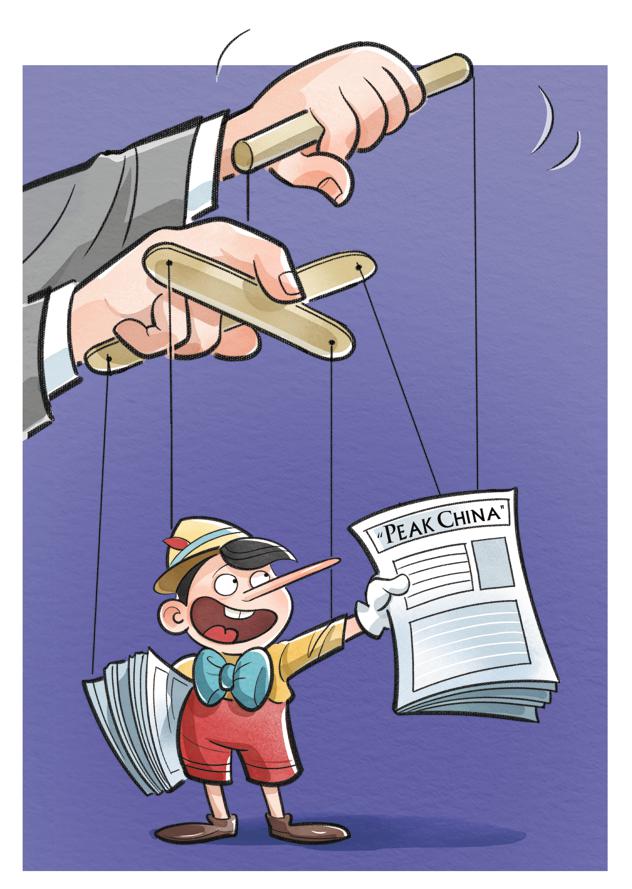Propaganda no match to human connections


A smartphone without filter has defeated negative propaganda worth billions. According to a legislation, last year, the United States allocated $1.6 billion under the "Countering PRC Malign Influence Fund" to shape global narratives on China by subsidizing pliable media and NGOs.
But the 37 million YouTube followers of US internet celebrity Darren Watkins Jr, known online as iShowSpeed, have eclipsed the reach of most of these US-funded outlets. His unscripted journey through China, filmed on a simple smartphone, has countered what $1.6 billion in taxpayer money tried to do — paint China in a poor light.
A fatal flaw in the playbook of US politicians and media outlets is that they work on the premise that China must be portrayed as a problem, and then retrofit facts to justify their claim. The $1.6 billion fund bankrolls entities that systematically amplify China's shortcomings.
When the United States Agency for International Development, a source of these funds, partners with entities such as AidData — a research lab at William & Mary's Global Research Institute, which, in 2023, published a widely debunked hit piece on the Belt and Road Initiative — the outcome has to be polemics disguised as analysis. Most of these grantees extend funds on the condition that recipients will portray Chinese infrastructure as "debt traps", Chinese tech as "spyware", and Chinese society as "oppressed" despite the reality being contrary to these claims.
However, this carefully crafted narrative has crumbled under the weight of simple lived experience. Each frame from iShowSpeed's streams — where flawless 5G connectivity is available even inside bullet trains running at 350 kilometers per hour, where retirees spontaneously include foreigners in their dance routines, and where cultural landmarks such as the Shaolin Temple welcome all visitors as equals — is an indictment of the US media complex's manufactured hysteria.
Many US viewers couldn't believe their eyes when they saw iShowSpeed use Alipay's QR codes to book a ride on the Shanghai subway, a system far more advanced than the magnetic-stripe cards they still use in New York. They had all along believed reports describing China as a poor country with outdated technology. Viewers conditioned to think Chinese people live in fear watched in disbelief as pedestrians grinned at the camera.
The propaganda has digressed too far away from the truth. Which explains why platforms like Xiaohongshu, or RedNote, have become popular among US TikTok "refugees". Those on social networking sites in the US have also grown skeptical of entities that label China's mobile payment systems as "surveillance tools".
When a Shaolin monk accords to iShowSpeed the same patience that he does to local students, it obliterates the "xenophobic China" trope. When farmers livestream about their produce to urban buyers, it demolishes claims of "digital repression".
No amount of USAID funding can help spin false narratives at a time when the US' own propaganda machine is sputtering: Voice of America's website is lying dormant since mid-March.
It is clear now that China's infrastructure speaks through its 150,000 kilometers of high-speed railway, which is more than the rest of the world combined, its cultural confidence beams through viral videos of cross-generational hip-hop battles in parks, while its global appeal grows thanks to the over hundreds of millions of outbound tourists annually who've become its cultural ambassadors. The $1.6 billion question is whether Washington will increase the budget for demonizing China or acknowledge that no amount of taxpayers' money can compete with a simple truth: people trust peers more than pundits.


































